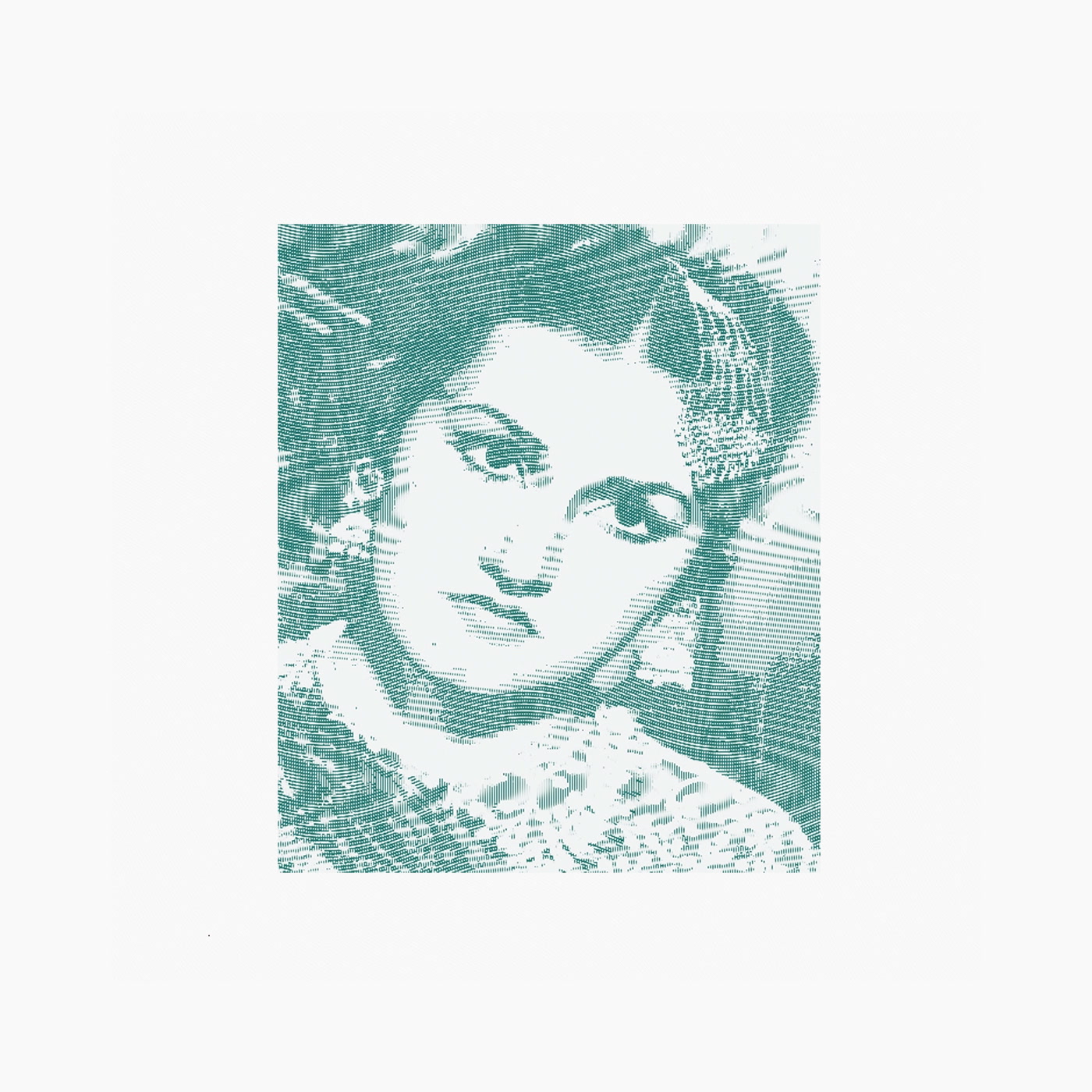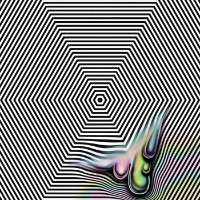- Digital
Various Artists
Stars from Another Sky Pt. 2: Film Songs from the Subcontinent Before the World Was Torn Asunder, 1940-1947
Death Is Not The End
- Cat No: DEATH107
- Release: 2025-05-23
- updated:
Track List
-
1. Leela Chitnis, Ashok Kumar & Chorus - Chal Chal Re Naujawan
04:15 -
2. Zohra Ambala - Ankhiyan Milake
02:42 -
3. Shamshad Begum - Ek Kali Nazon Ki Pali
03:01 -
4. Ashok Kumar & Sitara - Jalja Jalja Patange
03:15 -
5. Noor Jehan - Badnam Mohabbat Kaun Kare
03:01 -
6. Noor Jehan, Kalyani, Sohrabai & Chorus - Aahen Na Bharin Shikve Na Kiye
02:56 -
7. Suman Kalyanpur & Shamshad Begum - Dil Gaya To Gaya
08:25 -
8. Roshanara Begum - Desh Ki Pur Kaif
04:53 -
9. Ameerbai - Ghar Ghar Mein Diwali Hai
03:42 -
10. Raj Kumari - Pardesi Ghar Aaja
03:11 -
11. Noor Jehan & Surendra - Aawaz De Kahan Hai
03:20 -
12. H. Khan Mastana - Panghat Pe Ek Chhabili
03:15 -
13. K.L. Saigal - Hat Gai Lo Kaali Ghata
03:11 -
14. Suraiya - Chale Dil Ki Duniya
03:20 -
15. Parul Ghosh & Suresh - Tum Ko Mubarak Ho
03:17
16bit/44.1khz [wav/flac/aiff/alac/mp3]
As the 1940s began, South Asian cinema entered a transformative phase. Playback singing, still a new idea in the previous decade, quickly became standard practice. Actors no longer had to sing, and singers no longer had to act, opening the door to a wave of dedicated vocal talent that redefined the sound of the industry.
Voices like Noor Jehan, Shamshad Begum, and Suraiya rose to prominence, becoming household names across the subcontinent. Behind them, composers like Naushad, Anil Biswas, and Ghulam Haider were expanding the sonic palette of film music, blending ragas with Western orchestration, folk tunes with jazz-era instrumentation. Harmoniums, sarangis, violins, accordions, and clarinets filled out increasingly complex arrangements, while ghazals and qawwalis continued to influence mood and structure.
Although the post-Partition years are often considered to be Bollywood's "Golden Age," thanks to filmmakers like Raj Kapoor, Bimal Roy, and Guru Dutt, the music started its peak just before the divide. By 1947, Naushad and others were producing some of the most emotionally rich and musically intricate work in the industry's history, compositions that would prove challenging to surpass in the decades that followed.
Yet this high point came during a time of immense upheaval. The Second World War, the Bengal famine, and the crumbling of colonial rule all loomed large. Film songs often reflected the uncertainty, sometimes mournful, sometimes romantic, sometimes defiant. And when the Partition finally came, it fractured the world that had created this music. Artists became refugees, studios were split, and careers were thrown into flux. Noor Jehan, who would go on to become Pakistan's most iconic singer, recorded many of her most beloved songs in Bombay. Khursheed, another major star, faded from public life after migrating. K.L. Saigal, a towering figure of the 1930s and '40s, died in Lahore just months before the split.
This collection spans those final years before Partition, a time of creative flowering and looming catastrophe. Like Part 1, these songs were sourced from immigrant-run music shops in New York and New Jersey. They are fragments of a vanishing world, each one a snapshot of the art, longing, and resilience that defined this extraordinary era.
— Gary Sullivan (Bodega Pop)



